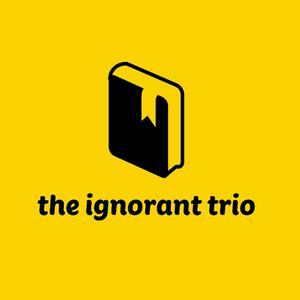032 Letter from Sado
This letter was written on the twentieth day of the third month, 1272, some five months after Nichiren Daishonin had arrived on the island of Sado to begin his exile there. He addressed it to Toki Jōnin, a samurai serving as a leading retainer to Lord Chiba, the constable of Shimōsa Province, to Saburō Saemon (Shijō Kingo) in Kamakura, and to other staunch followers.Nichiren Daishonin had been banished on the tenth day of the tenth month, 1271. Charges of treason had been brought against him by Ryōkan, the chief priest of Gokuraku-ji temple in Kamakura, and by Hei no Saemon, deputy chief of the Office of Military and Police Affairs. Hei no Saemon was resolved to execute the Daishonin at Tatsunokuchi before he was to be delivered to the custody of Homma Shigetsura, the deputy constable of Sado. The attempt at execution was unsuccessful, however, and after a delay of almost a month Homma’s warriors escorted the Daishonin to the coast of the Sea of Japan. After a delay there caused by bad weather, the Daishonin finally arrived on Sado on the twenty-eighth day of the tenth month.Nichiren Daishonin was housed at first in a dilapidated structure known as Sammai-dō, where he lived exposed to the wind and snow that blew in through gaps in the roof and walls. After five months he was able to move to more comfortable quarters at Ichinosawa. The Daishonin engaged in debates with Pure Land and other priests and actively propagated his own teachings. While on Sado he wrote two major treatises, The Opening of the Eyes and The Object of Devotion for Observing the Mind. In the second month, 1274, the Daishonin was pardoned and returned to Kamakura on the twenty-sixth day of the third month.In this writing the Daishonin first states that the only way to attain Buddhahood is to be willing to offer one’s life, one’s most precious possession, to Buddhism. Next, he says that the method of propagation known as shakubuku is appropriate to this age, and that one can attain Buddhahood only by dedicating oneself to it. He then declares that he is the “pillar, sun, moon, mirror, and eyes” of and “father and mother” to the country; these are symbolic references to the Buddha of the Latter Day of the Law, who is perfectly endowed with the three virtues of parent, teacher, and sovereign. He also mentions his earlier prophecies in On Establishing the Correct Teaching for the Peace of the Land concerning political upheaval and violent feuds within the country.Lastly, he gives an elaborate explanation of karma or destiny, stating that his present difficulties arise from the fact that he slandered the Lotus Sutra in a past existence. Using himself as an example, he elucidates to his disciples the kind of spirit and practice by which they can alter their karma. He adds that persons who try to propagate the correct teaching of Buddhism vigorously will invariably face opposition, and that such opposition in reality presents an opportunity for them to change their karma. Those who have given up their faith and instead criticize are admonished that their actions bear the heaviest consequences. He compares their lack of vision to fireflies who laugh at the sun.https://www.nichirenlibrary.org/en/wnd-1/Content/32


